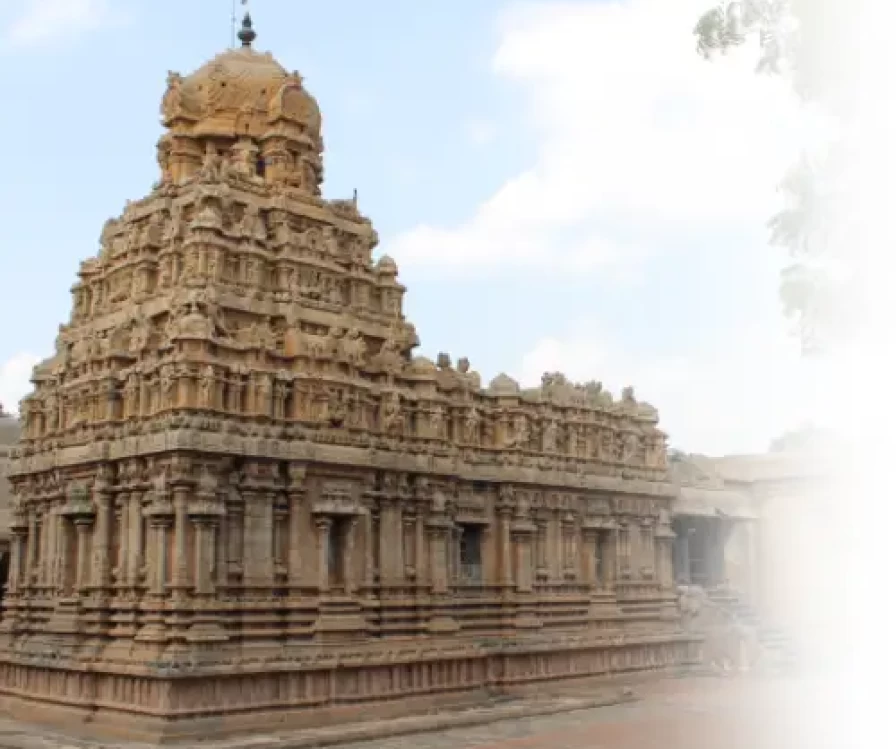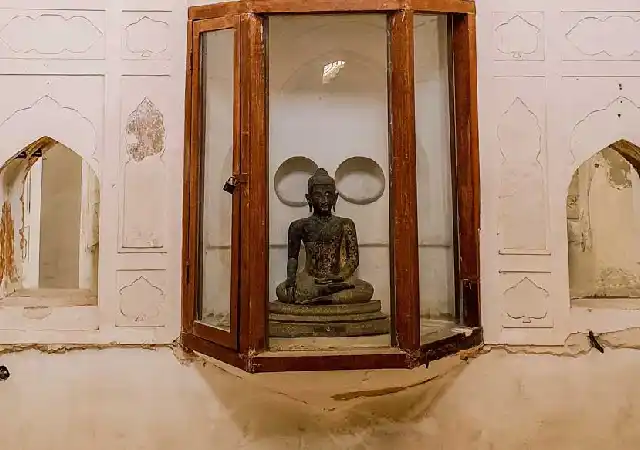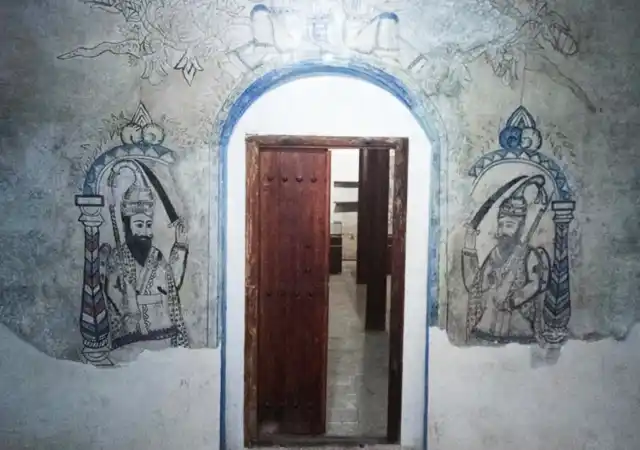
Hindu mabad





Hindu Temple
The Hindu Temple, or the worship place of the Hindu community, is one of the historical landmarks in Bandar Abbas, Hormozgan Province, located in the center of the city. The construction of this temple began in 1310 AH (corresponding to 1267 SH) during the rule of Mohammad Hassan Khan Saad al-Mulk, the then governor of Bandar Abbas, funded by the donations of the Hindu community and built by Indian traders. The design of this building is influenced by Indian temple architecture. At that time, many Hindus with a Hindu religious background lived in Bandar Abbas, and since they did not have a specific place for worship, they practiced their rituals in caravanserais until two Hindus, Shol Ram and Dade Ram, purchased land and initiated the construction of the temple. The architects of this building came from India, and due to its significance, they put great effort into creating a beautiful and worthy structure. Unfortunately, after their departure from Bandar Abbas, the temple fell into ruin, and many of its artifacts were lost. Even the valuable statues brought from India were taken away upon their exit. Statues of Brahma, Shiva, and Vishnu were housed in this temple, placed in niches that now only have empty spaces remaining. This temple is a very important site in the southern region and is unique in Iran.
Hindus have had a long-standing presence in Iran, maintaining close commercial and cultural relations with the Iranian people. During the time when Shah Ismail I was very young and had taken control of Iran at the age of 15, facing tough battles against the Uzbeks and Ottomans, and after suffering defeat in the Battle of Chaldiran, the Portuguese naval commander Alfonso de Albuquerque, under the orders of King Manuel of Portugal, took advantage of the situation and invaded Iran and the Persian Gulf. In a bloody battle with Abol-Mozafar Seyf al-Din Aban Nasr, the young governor of Hormuz, he conquered Hormuz Island. At that time, since the Portuguese had established themselves in India, they had more naval power on the global stage. From that time, Hindus gradually began to enter southern Iran.
The plan of this temple is square, with the main part being the dome room surrounded by a narrow corridor. Worshippers circle around the main axis of the dome, where the main idol is located beneath it. The architectural style of this dome and its decorative elements is completely different from the architectural styles of Iran and other parts of the Persian Gulf, being entirely influenced by Indian architecture. However, Islamic architectural influences are also clearly visible in this structure. The temple room and the altar are located in the northern part of the temple, surrounded by niches and frames. There are four corridors around the temple room where pilgrims used to worship. Inside the corridors, there are small chambers designated for Brahmin students, and some of the rooms feature religious paintings, one of the most important being the deity Krishna, the flute player. Additionally, around the dome, there are about 72 Hindu-specific towers, with a large pole in the center of the dome representing the axis of the earth and sky. From the western corridor, there are spiral staircases leading upwards to the roof of the temple, which is adorned with recesses inspired by Iranian architecture. Four light openings are present on the sides of this polygonal space, and a massive dome with trapezoidal layers and Hindu decorative elements can be seen.
On the eastern side of the dome, there is a large hall that served as a gathering place, featuring various paintings that each express a specific philosophy of different beliefs of the Indian people. This temple was built for the needs of the Hindus residing in Bandar Abbas and is considered one of the important bridges in the cultural connection between Iran and India. Hindus who follow the Brahmin school are divided into three categories, corresponding to the followers of Brahma, Vishnu, and Shiva. This temple is dedicated solely to the followers of the Vishnu school.
In India, most Brahmin temples are made of stone. The Hindu temple in Bandar Abbas was constructed using rubble stone, clay mortar, coral stones, thick earth, and lime plaster, considering its geographical location at the time of construction. The existence of a non-Islamic building in a region where the vast majority are Muslims symbolizes equality and brotherhood. The next time you plan to travel to Iran, be sure to visit this unique temple, which cannot be found anywhere else in the country. The Sana Persian team hopes to accompany you in Bandar Abbas and the Hindu Temple. Here’s to that day!
Contact Us
+989054577261